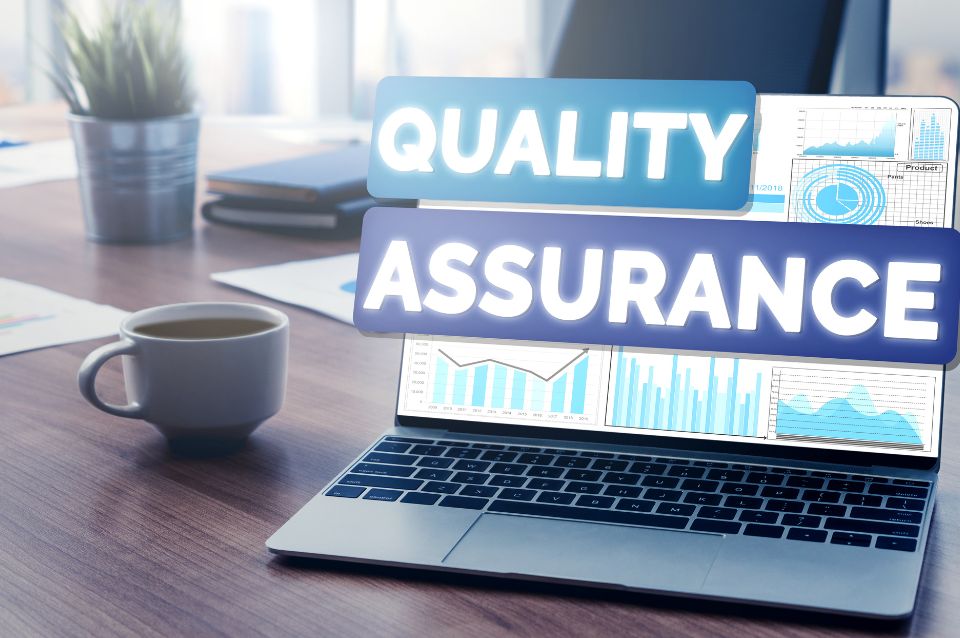Introduction to Software Construction and Development
In the realm of technology, software development, and construction are essential to the creation of reliable and effective software systems. These procedures use a mix of techniques, resources, and industry best practices to turn conceptual designs into usable software. Delivering high-quality software that satisfies user needs and operates dependably requires an understanding of the complexities involved in software creation and development.
The Essence of Software Construction
Building the Foundation
The process of actually creating software through code is called software construction. Using computer languages, this step converts design specifications into source code. To guarantee that the software works as intended, this crucial step necessitates accuracy and respect for coding standards.
Importance of Software Design
An intelligent design is necessary before coding begins. Software design outlines the data structures, interfaces, and system architecture like a blueprint. A well-designed software facilitates the development, testing, and maintenance of the program by streamlining the construction process.
Key Stages in Software Development
Requirement Analysis and Planning
Collecting and evaluating requirements is the initial stage of software development. This entails figuring out what the program should do and comprehending the needs of the stakeholders. The next step is to draft a comprehensive project plan that describes the resources needed, the timetable, and the development process.
Software Construction and Coding
Developers use the design guidelines as a guide to write the actual code during the construction phase. This entails deciding which frameworks, tools, and programming languages are most suited to the needs of the project. Respecting coding conventions and guidelines guarantees the software’s dependability and maintainability.
Testing and Quality Assurance
Software testing is a crucial step in the development process that guarantees the program satisfies the requirements and is error-free. A range of testing methodologies, including unit, integration, and user acceptability testing, are utilized to verify the functioning and performance of the product.
Best Practices in Software Construction and Development
Emphasizing Code Quality
Reliable software is built on a foundation of well-written code. Maintaining code quality and identifying problems early in the development process is made easier by putting coding standards into practice, holding frequent code reviews, and utilizing automated tools for code analysis.
Utilizing Modern Development Methodologies
Using contemporary development approaches, such as DevOps or Agile, can improve the process’s flexibility and efficiency. These approaches encourage teamwork, continuous integration, and iterative development, which leads to quicker software delivery and higher-quality products.
Focusing on Documentation
Having thorough documentation is essential for scaling and maintaining software. It helps developers comprehend and work on the software in the future by offering insightful information about the system architecture, design choices, and usage guidelines.
Conclusion
The procedures of software development and construction are essential to producing high-quality software. Organizations can create dependable and effective software systems by implementing current techniques, concentrating on code quality, and adhering to best practices. Comprehending the significance of these phases guarantees that the software fulfills user requirements and endures over time.



